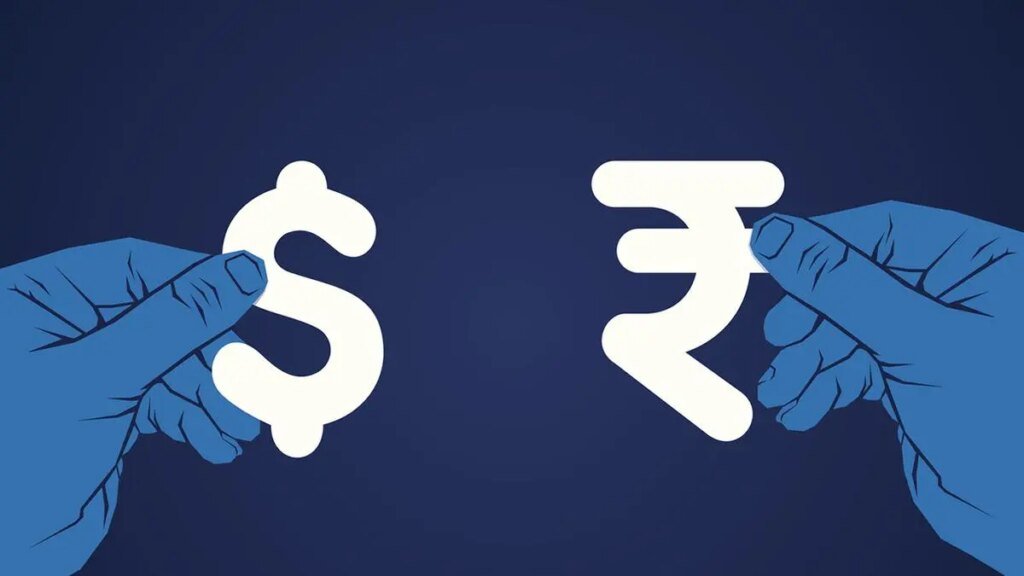The Rupee continued to reel under the steep tariffs imposed by the US on Indian imports, with the Indian unit weakening to an over five-month low on Thursday.
The Indian unit (INR), which dropped 61 paise on Wednesday, closed weaker at 87.5950 per US Dollar (USD) against the previous close of 87.4250, down 17 paise. It opened at 87.66.
In intraday trades, INR tested a high/ low of 87.7450/87.5100 per USD, according to CCIL data. The Rupee has slumped by about 107 paise between last Friday’s (July 25th) closing of 86.52 and today (July 31st).
Market expectations are that the weakening bias of the Indian unit will continue until clarity emerges on the US lowering tariffs on Indian imports.
President Donald Trump announced 25% tariffs plus a penalty on India’s imports (with effect from August 1st) after trading hours on Wednesday. The penalty (the quantum is not yet known) is because India is importing energy and military equipment from Russia.
India unlikely to bow to pressure, RBI may intervene
Market players opine that, just like the US is protecting its national interests, India too will do likewise and may not yield to pressure tactics adopted by the US President on trade.
So, the RBI’s work is cut out when it comes to intervening in the market to prevent volatility in the Rupee. Moreover, the Indian central bank had a huge reserve pile of $695 billion at the last count, giving it enough firepower to defend the Rupee.
Amit Pabari, MD, CR Forex Advisors, observed that the Rupee came under pressure today, reacting sharply to US President Donald Trump’s sudden 25% tariff on all Indian imports, along with penalties linked to India’s ties with Russia.
“With foreign investors already trimming Indian exposure, the announcement may accelerate capital outflows. Export-dependent sectors, including IT, pharmaceuticals, textiles, auto components, and gems, are particularly vulnerable.
“Exports make up about 20% of India’s GDP, with the US contributing around 2.2%. Though the impact on GDP may be marginal, a drop in exports could widen the current account deficit, adding to rupee stress,” per Pabari’s assessment.
Further denting sentiment, the US sanctioned six Indian firms over petrochemical imports from Iran—sending a strong geopolitical message, despite limited direct trade impact.
“But this isn’t just about trade—it’s a power play. As the US turns to tariffs amid mounting debt and shrinking foreign appetite for Treasuries, most allies have complied.
INR faces multiple pressures; RBI may act near ₹88
“India, with its domestic-driven economy and deep strategic autonomy, isn’t buckling under. It is choosing to protect national interest, even if it means short-term currency pain,” he said.
Pavan Kavad, Managing Director, Prithvi Exchange, noted the volatility in the Rupee is largely due to new US tariffs on Indian imports, which have spooked investors and triggered heavy foreign fund outflows.
Further, a strong dollar globally, rising crude oil prices, and India’s trade deficit are pressuring the Rupee.
“If the Rupee edges closer to ₹88, we can likely expect the RBI to step in to calm the volatility,” Kavad said.
Published on July 31, 2025






